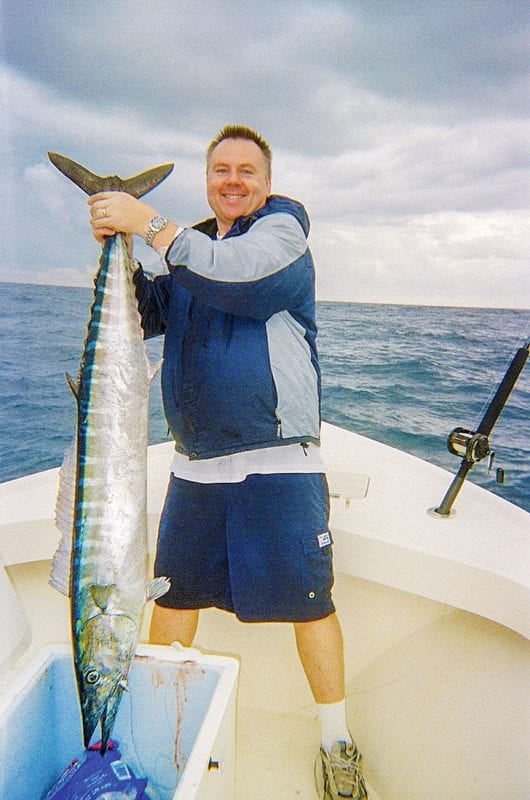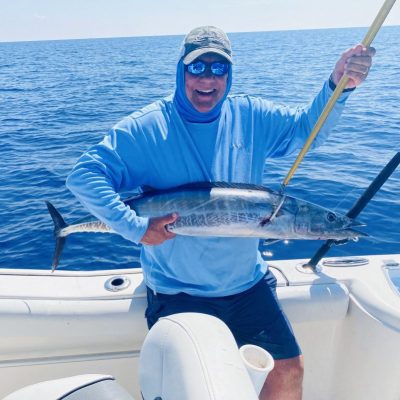Introduction
Fishing is a beloved pastime for many people around the world. Whether you're an experienced angler or just starting out, it's important to practice catch and release techniques to preserve fish populations for future generations. In this article, we will discuss the best practices for catch and release, providing expert advice and tips to ensure the well-being of fish and their habitats.
Why Catch and Release Matters
Preserving fish populations is crucial for maintaining a healthy ecosystem. Overfishing can lead to imbalances in aquatic environments, affecting not only fish but also other marine species that rely on them for food. By practicing catch and release, anglers can contribute to sustainable fishing practices and help protect the delicate balance of our oceans, rivers, and lakes.
Best Practices for Catch and Release: Preserving Fish Populations
Choosing the Right Equipment
Fishing Rods and Reels: Quality Matters
Investing in high-quality fishing gear is essential for successful catch and release. Cheap rods and reels can cause unnecessary stress on fish, increasing their chances of injury or mortality. Look for durable rods with appropriate sensitivity levels that allow you to detect bites without exerting excessive force.
Hooks: Opt for Barbless or Circle Hooks
Using barbless hooks or circle hooks is recommended when practicing catch and release. Barbless hooks are easier to remove from a fish's mouth, reducing potential harm. Circle hooks are designed to hook the fish in the corner of its mouth, minimizing injury during retrieval.
Proper Fish Handling Techniques
Wet Your Hands Before Handling Fish
Before handling a fish, wet your hands to prevent removing its protective slime coating. The slime helps protect the fish from infections and parasites. Dry hands can damage this layer, leaving the fish vulnerable to health issues.
Landing Nets: Choose Fish-Friendly Options
When using a landing net, opt for fish-friendly options, such as rubberized nets or knotless mesh. These materials are less likely to cause abrasions or injuries to the fish's delicate scales and fins.
Maintain Good Water Quality
Keep the fish in the water as much as possible during the handling process. If you need to take a photo or measure the fish, do it quickly and gently. This minimizes stress on the fish and reduces its chances of injury.
Fishing Techniques for Catch and Release
Hook Removal: Be Gentle
When removing the hook from a caught fish, be gentle and avoid excessive force. Using forceps or needle-nose pliers can help make the process easier while minimizing damage to the fish.

Minimize Air Exposure
Avoid exposing caught fish to air for extended periods. When a fish is out of water, its gills may become dry, reducing its ability to breathe properly. Return the fish to the water as soon as possible after capture.
Avoid Deep Hooking
Deep hooking occurs when a fish swallows the hook, making removal difficult without causing harm. To prevent deep hooking, pay attention to your line tension and set your hook promptly when you feel a bite.
Education and Awareness
Stay Informed With Top Angler Magazine
Stay up-to-date with the latest fishing news, angling techniques, and expert advice by subscribing to Top Angler Magazine. This reputable publication offers valuable insights into fishing gear reviews, sport fishing guides, seasonal fishing tips, and more.

Participate in Conservation Programs
Get involved in local conservation programs that focus on preserving fish populations and habitats. These initiatives often organize clean-up events, habitat restoration projects, and educational workshops.
FAQs about Catch and Release Techniques
What is catch and release?Catch and release is a fishing practice where anglers release their caught fish back into the water instead of keeping them for consumption.
Why should I practice catch and release?Practicing catch and release helps preserve fish populations, maintain a healthy ecosystem, and ensure sustainable fishing practices for future generations.
How can I ensure the survival of released fish?By following best practices such as using barbless or circle hooks, wetting your hands before handling fish, minimizing air exposure, and avoiding deep hooking, you can increase the chances of survival for released fish.
Can catch and release harm fish?Improper catch and release techniques can harm fish, leading to injuries or mortality. That's why it's essential to follow proper handling and releasing guidelines Catch and Release Tips to minimize harm.
Are there any regulations regarding catch and release?Regulations regarding catch and release vary by location. It's crucial to familiarize yourself with local fishing regulations to ensure compliance with any specific rules or restrictions.
How can I promote catch and release within my community?You can spread awareness about catch and release by sharing your knowledge with fellow anglers, participating in conservation programs, and supporting organizations that advocate for sustainable fishing practices.
Conclusion
Practicing catch and release is not only a responsible choice but also an essential step towards preserving fish populations for future generations. By choosing the right equipment, employing proper handling techniques, adopting fishing strategies that prioritize the well-being of fish, staying informed through reputable sources like Top Angler Magazine, and actively participating in conservation efforts, anglers can make a significant impact on maintaining the delicate balance of our aquatic ecosystems. Let's strive to be stewards of our natural resources and ensure the sustainability of sport fishing for years to come.